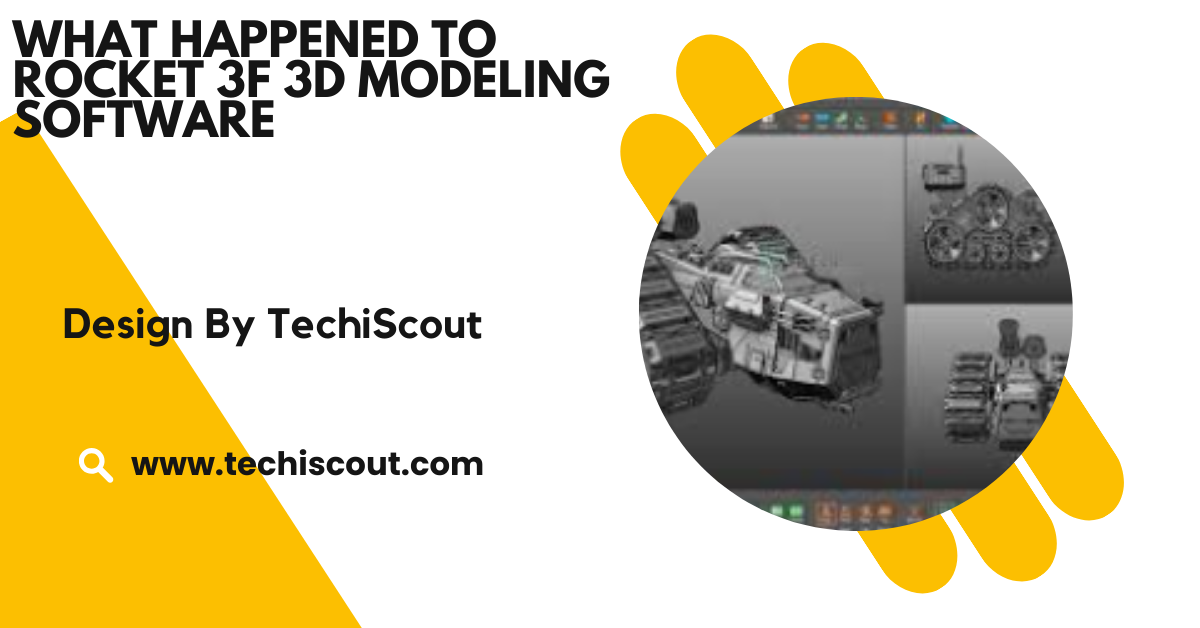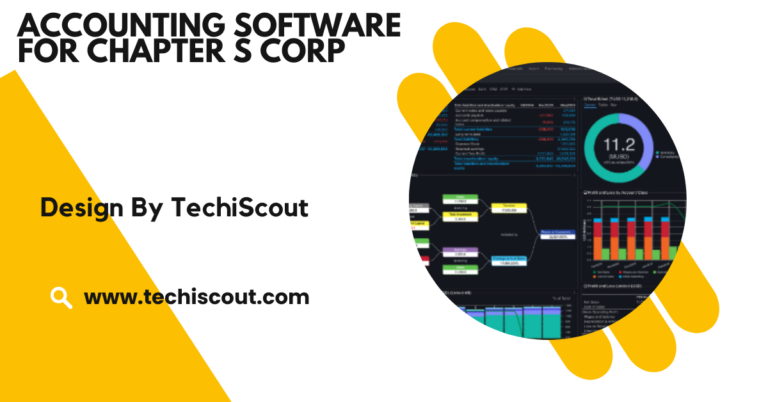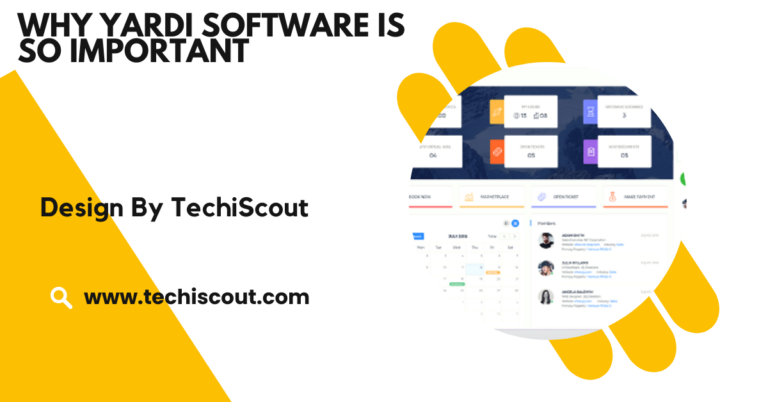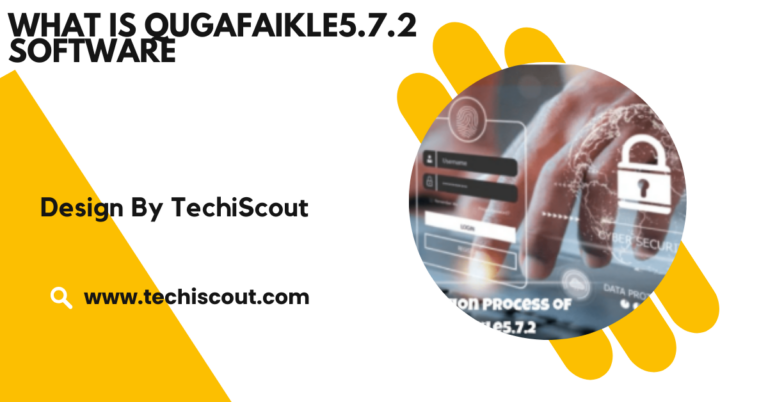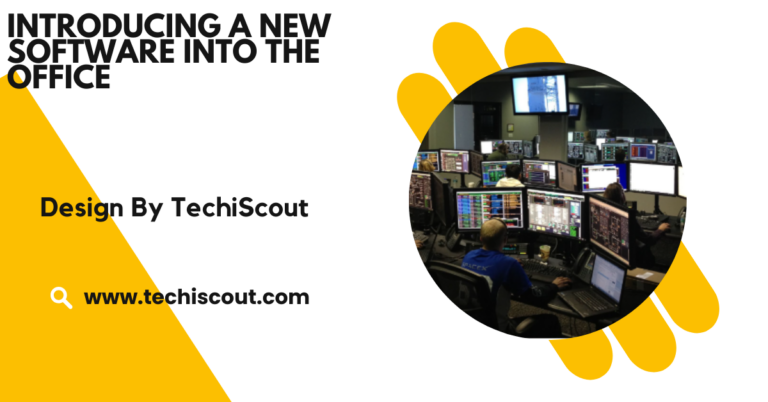What Happened To Rocket 3f 3d Modeling Software – What Went Wrong!
Rocket 3F, a user-friendly 3D modeling software, declined due to competition, infrequent updates, and resources.
In this article, we’ll explore what happened to rocket 3f 3d modeling software,its rise, unique features, and the factors that contributed to its current state.
Table of Contents
What Is Rocket 3F:

Rocket 3F is a polygonal 3D modeling software initially celebrated for its intuitive workflow. Designed with speed and creativity in mind, it combined powerful modeling tools with a simple interface.
The “3F” in its name stood for Fast, Fun, and Friendly, reflecting its mission to make 3D modeling more accessible.The software targeted beginners and professionals alike, offering robust functionality at an affordable price.
Its compatibility with Windows operating systems and integration with popular 3D rendering and animation tools further boosted its popularity.
Key Features of Rocket 3F:
Rocket 3F gained recognition for several standout features:
1. Intuitive User Interface:
Unlike many 3D modeling tools with steep learning curves, Rocket 3F offered an easy-to-navigate interface. It was designed to let users focus on modeling without being overwhelmed by technical complexities.
2. Advanced Polygon Modeling:
The software specialized in polygonal modeling, allowing users to create detailed and intricate models efficiently. Tools for edge loop selection, extrusion, and subdivision made it versatile for creating anything from characters to architectural designs.
3. Customizable Workflow:
Rocket 3F provided users with customization options to tailor the software to their specific needs. Its flexibility was particularly appealing to professionals working on diverse projects.
4. Affordable Pricing
Compared to industry giants like Autodesk Maya or Blender (which is free but complex), Rocket 3F struck a balance between functionality and cost. Its pricing made it accessible to hobbyists and small studios.
The Rise of Rocket 3F:
When Rocket 3F launched, it quickly built a loyal community. Here’s why it gained momentum:
- Accessibility for Beginners: Rocket 3F offered tutorials and documentation to help beginners grasp the fundamentals of 3D modeling.
- Frequent Updates: Initially, the developers were proactive in rolling out updates, adding new features, and fixing bugs.
- Active Community Support: Online forums, tutorials, and user groups contributed to its growth. Enthusiasts shared tips and tricks, making it a go-to software for newcomers and experienced users alike.
What Led to Its Decline:
Despite its early success, Rocket 3F faced challenges that hindered its long-term growth. Here are some key factors:
1. Lack of Regular Updates:
Over time, the frequency of updates decreased significantly. This stagnation made the software less competitive, especially as rivals like Blender and ZBrush introduced cutting-edge features.
2. Increasing Competition:
The 3D modeling software market is saturated with competitors. Blender, being free and open-source, drew users away from Rocket 3F by offering comparable or superior features. Other tools like SketchUp and Cinema 4D also provided strong alternatives.
3. Limited Marketing Efforts:
Rocket 3F’s marketing efforts were minimal compared to its competitors. While major players like Autodesk invest heavily in advertising and partnerships, Rocket 3F relied primarily on word-of-mouth, limiting its reach.
4. User Dissatisfaction:
As updates dwindled, users began reporting issues such as:
- Software bugs that weren’t addressed promptly.
- Compatibility issues with newer operating systems.
- A lack of advanced features to meet evolving industry demands.
5. Lack of Financial Backing:
Being a smaller software developer, Rocket 3F may have struggled with funding. Unlike large corporations with vast resources, smaller teams often face challenges in sustaining development and support.
Read More: Can Having Other Antivirus Software Cause Pc To Sluggish
The Current Status of Rocket 3F:
As of now, Rocket 3F is no longer a major player in the 3D modeling world. Its website remains online, but updates and active development appear to have ceased. For users seeking alternatives, the shift to other platforms has become inevitable.
What Does This Mean for Existing Users:
Existing users can still use Rocket 3F for personal projects, but they may face issues such as:
- Outdated tools that don’t align with modern workflows.
- Lack of technical support, leaving users to troubleshoot problems independently.
Popular Alternatives to Rocket 3F:
For those who enjoyed Rocket 3F but need an updated tool, several alternatives are worth exploring:
1. Blender:
Blender is a free and open-source software offering advanced modeling, rendering, and animation tools. It has an active development community and extensive documentation.
2. SketchUp:
Known for its simplicity, SketchUp is a great choice for architects and designers. Its intuitive tools make it easy to create 3D models quickly.
3. Cinema 4D:
Cinema 4D is a professional-grade tool with features for modeling, animation, and rendering. While pricier, it’s highly respected in the industry.
4. Autodesk Maya:
Maya remains the industry standard for 3D modeling and animation. It offers unparalleled tools for character design and complex animations.
5. ZBrush:
ZBrush is ideal for sculpting detailed and organic 3D models. It’s particularly popular in the gaming and film industries.
Lessons from Rocket 3F’s Journey:
Rocket 3F’s story serves as a cautionary tale for small software developers in competitive markets. Here are some lessons to consider:
- Consistent Updates Are Crucial: Regular updates keep users engaged and demonstrate commitment to improving the product.
- Community Engagement Matters: Building a loyal user base through communication and support can sustain a product even in challenging times.
- Adaptation Is Key: The tech world evolves rapidly. Staying ahead of trends and user demands is vital for survival.
FAQ’s
- What is Rocket 3F?
Rocket 3F is a 3D modeling software focused on fast, fun, and friendly polygon modeling, targeting both beginners and professionals.
- Why did Rocket 3F decline?
The decline was caused by infrequent updates, stiff competition from tools like Blender, and limited financial and development resources.
- Is Rocket 3F still available?
While its website is still online, active development and updates for Rocket 3F have ceased.
- What are some alternatives to Rocket 3F?
Popular alternatives include Blender, SketchUp, Cinema 4D, Autodesk Maya, and ZBrush.
- Can I still use Rocket 3F?
Yes, but users may face outdated tools, lack of technical support, and compatibility issues with newer systems.
Conclusion:
Rocket 3F was once a promising player in the 3D modeling software space, offering a balance of simplicity, functionality, and affordability. However, a lack of updates, increasing competition, and limited resources led to its decline. While it remains a nostalgic choice for some, most users have transitioned to more robust alternatives.
